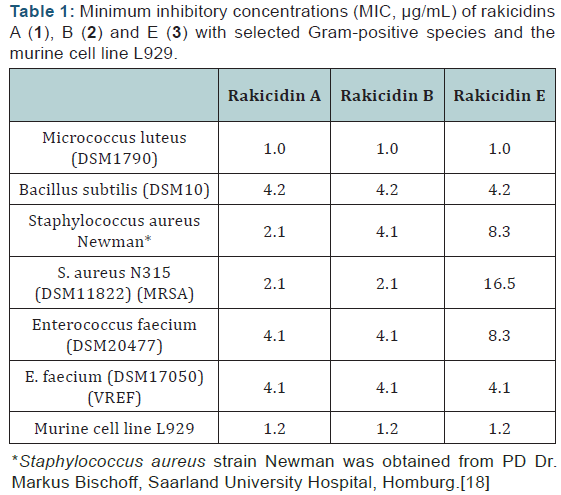
After library preparation, NGS of the 16S rRNA fragments will then be done, followed by bioinformatics analysis to identify the bacterial sample. On the other hand, DNA extraction from samples is carried out in the first step of 16SNGS workflow. Subsequent biochemical testing will reveal the identity of the bacteria. For CBtest, samples are subjected to gram staining and culture on selective medium. Bacterial identification workflow via CBtest is different from that of 16SNGS. Nevertheless, the workflow for bacteria identification via 16SNGS is vastly different from that of the conventional protocol of culture and biochemical testing (CBtest) (Figure 1).įigure 1. Originally used to study microbial community diversity within samples from the environment and also organisms, laboratories built on the metagenome concept to sequence only the 16S rRNA gene of bacterial populations within specimens to identify bacteria. over 20 years ago, where it refers to the study of genetic material from a sample without the need for isolation and culturing of the microorganisms contained in the sample itself. The term “metagenomics” was first used by Handelsman et al. Introduction of NGS technologies significantly promoted the development of “metagenomics”. 16SNGS Workflow and Bioinformatics Analysis Regardless of their sequencing chemistry, all NGS platforms can generate millions of DNA molecules with different yields and sequence lengths via parallel sequencing, and allow simultaneous multiplexing of several hundred samples in a single run. For a comprehensive overview of NGS platforms and their associated chemistries, readers may refer to reviews by Ambardar et al. In the recent decade, third-generation or long-read sequencing technologies by Pacific Biosciences and Oxford Nanopore Technology have also been launched, although, due to cost concerns, these platforms are mostly used in research institutes compared to diagnostic laboratories. Of note, the most recent player in the NGS industry will be Complete Genomics (acquired by Beijing Genome Institute (BGI))’s “DNA nanoballs” sequencing platforms () these platforms were reported to be comparable in performance to Illumina sequencers. Illumina sequencers are now available in either benchtop or production scale categories, allowing users more options to select the best NGS platform according to their laboratory needs and budget allocations ().
#16S RRNA SEQUENCE ANALYSIS TORRENT#
Due to its ability to read palindromic sequences, “sequencing by synthesis” appears to be the more popular chemistry, resulting in the dominance of both Illumina and Ion sequencers (currently: Ion Torrent Genexus System and Ion Gene Studio S5 System) in NGS laboratories.

The Illumina and Ion fleet of sequencers operate using a “sequencing by synthesis” chemistry, compared to the “sequencing by ligation” technology of the now (also) discontinued SOLiD platform. Even though pyrosequencing is considered the “pioneer” of NGS, it is now no longer available after the platform was discontinued by Roche in 2015. The era of NGS began with the introduction of pyrosequencing technology by 454 Life Sciences in 2005, followed by the Solexa/Illumina platform, Life Technologies’ SOLiD, Ion Torrent and Ion Proton sequencers, and later, the MiSeq and HiSeq platforms from Illumina. 2.16SNGS: Platforms, Workflow and Bioinformatics Analysis 2.1. The development of NGS techniques, including 16S rRNA next-generation sequencing (16SNGS), allows further upscaling of sequencing quantity (fragments versus time) even in mixed cultures. This method of bacterial identification is culture-independent and only requires DNA of the tested bacteria. With the advent of Sanger DNA sequencing, bacteria can now be identified via nucleotide sequence of the 16S rRNA gene-a short, conserved gene specific to bacterial genus (96%) and for some, species (87.5%).


 0 kommentar(er)
0 kommentar(er)
